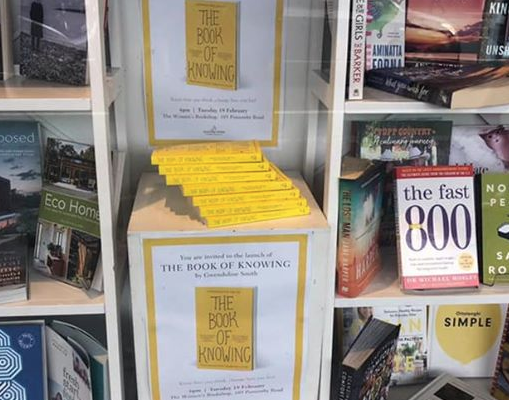I wanted to draw your attention to this aspect of worry, not just because it is educational, but because this is what children observe.
If you are a worrier, there is a 37.7% chance that one or more of your children are genetically predisposed to worry, just like you were. So, as with almost everything, there is ‘nature’ and ‘nurture’ working together. Hence, children learn about how to manage, or not manage life’s challenges, through watching their parents just as you would have.
It’s called Role-modeling. Yes, every furrowed brow, every time your hand clutches your face, they’ve got their eyes peeled, because that is how they survive. Children know they are safe when the adults are ok.
They hear all the gasping and sighing, they see the tears, the shoulders rounded down. Some of you may like to pace – something they could do with you perhaps?
Not only do they see all of this gesturing, they also notice that lots of people around them (1 in 5 statistically) appear to be doing some form of it. His sister twirls and twirls her hair around her finger endlessly, in between biting her nails. Her mother rubs her brow over and over, in between sighs and cups of tea. If her father has a tendency to worry also, he might be sitting on his own drinking, unapproachable and grumpy.
Hence, when they witness the behaviour of worry they start to believe that to worry is important because it’s what the grown-ups do, it must be really important and vital. They learn that the world is a dangerous place, full of potential disasters and these are to be addressed in part by engaging in worrying.
Because it seems that some of the most important people in their lives worry, so it must be the right thing to do.




I think you’ve got the picture of how worry is passed on from one generation to another. There are excellent books available @ www.amazonbooks.com for children who worry. Have a look if you are concerned.
The wisdom of the grandmother can come in handy with a family of worriers, unless of course she is one. They tend to say things like:.
“Now let’s all just wait to worry shall we!”
(Lindsay a wise woman 2013)
This Homegrown Wisdom reminds us again that nothing bad has happened, it is your worry filled imagination that is creating the difficulty at this point in time. Technically called ‘anticipatory anxiety’. This is where the worrier demonstrates another magical power: we discussed earlier; the ability to predict what will happen in the future. So because they can do this they can see the disaster in their mind’s eye, and become anxious in anticipation of the completely made-up catastrophe occurring. All this without a crystal ball!





No Comments